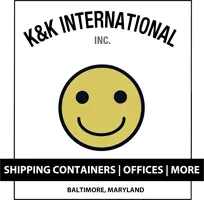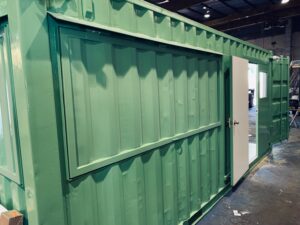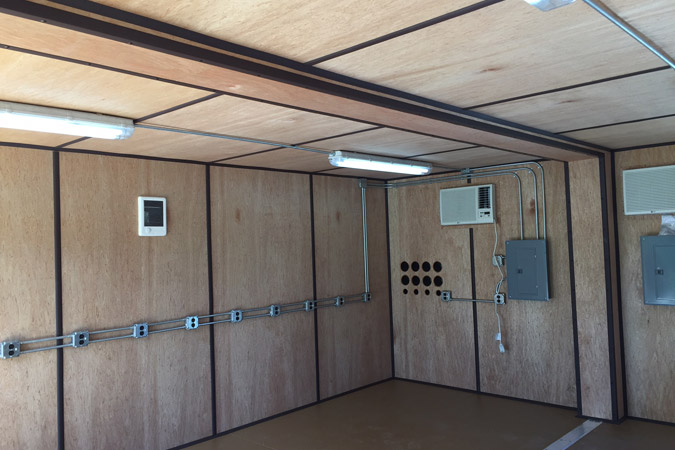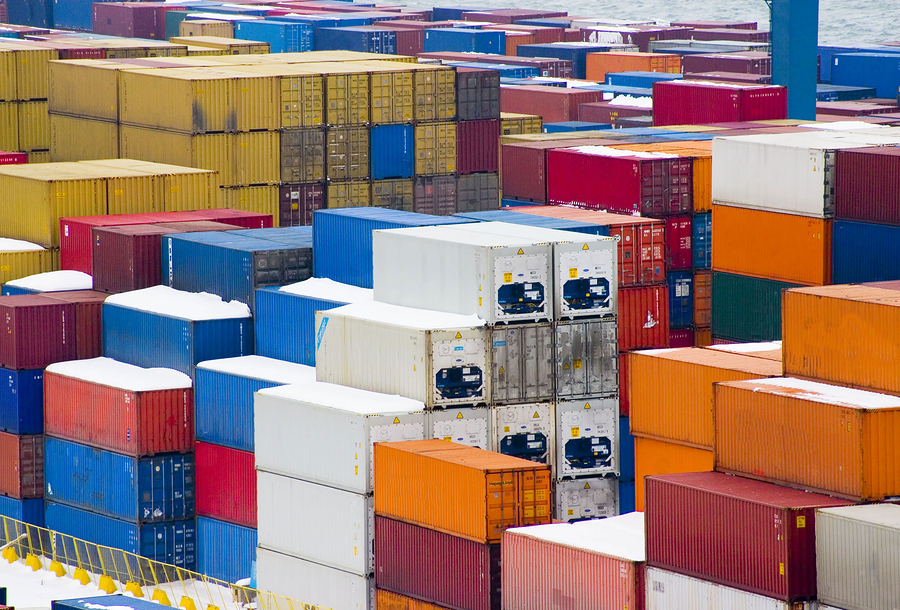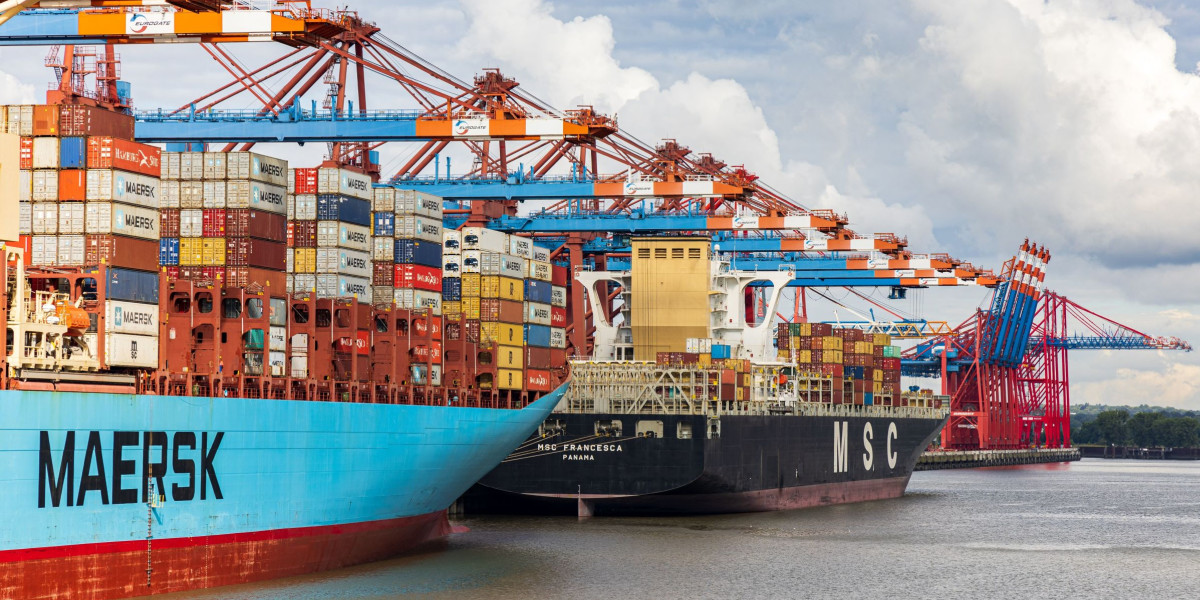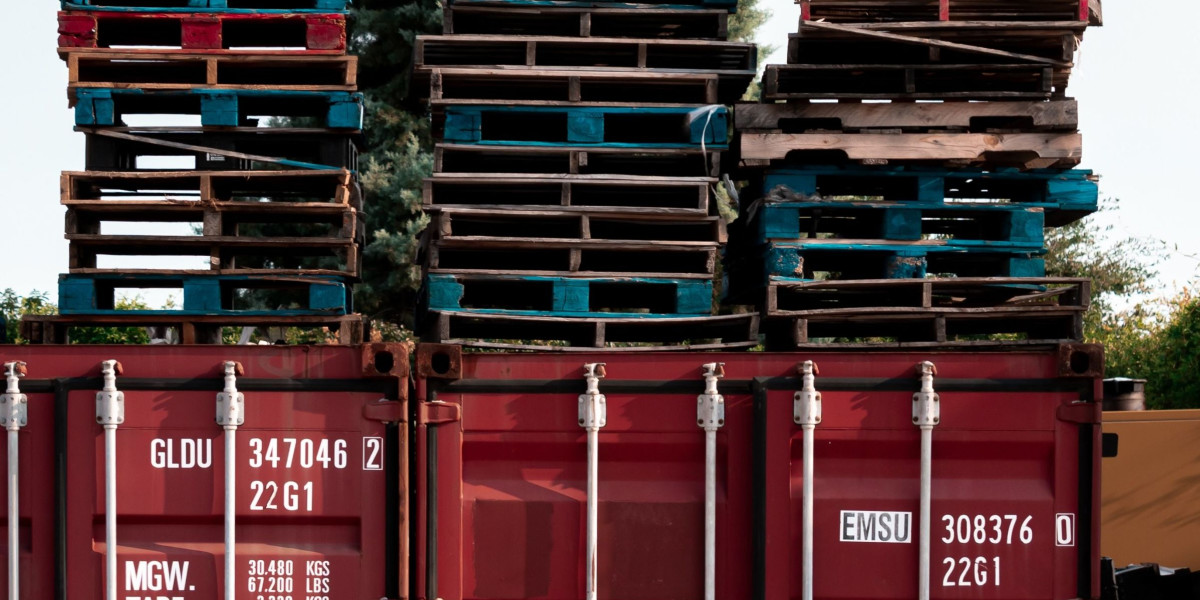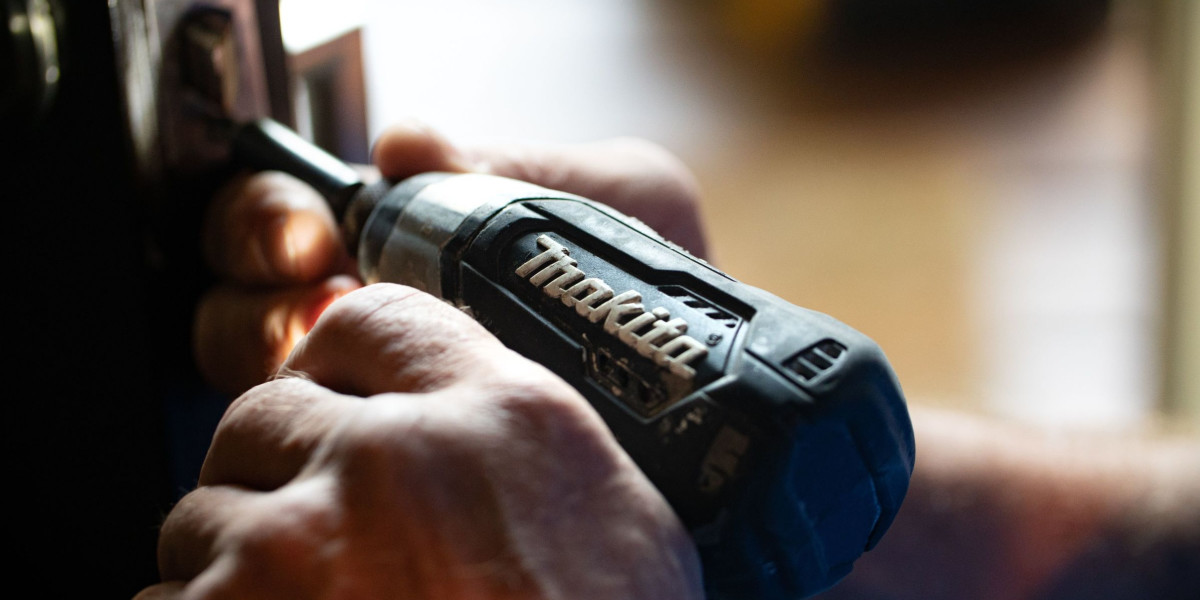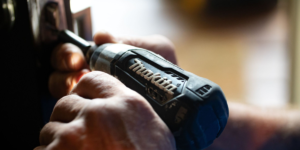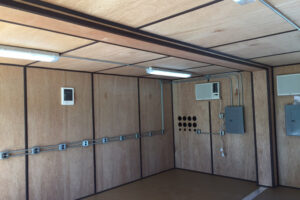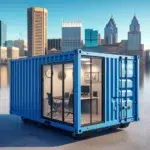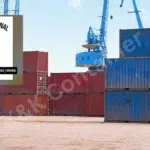Regular maintenance is crucial for keeping shipping containers in good condition and extending their lifespan. Conducting proper repairs can prevent further damage and ensure the structural integrity of the container.
Shipping containers are durable and can last up to 25 years with proper upkeep. However, they can experience various types of damage from shipping, handling, and environmental conditions.
It’s essential to understand the common types of damage and the necessary maintenance and repair procedures to keep shipping containers in optimal condition. By following the shipping container repairs tips in this article, you’ll have the knowledge and skills to effectively maintain and repair your shipping containers.
Types of Damage to Shipping Containers
Common types of damage that shipping containers can experience include rust, dents, holes, and damaged flooring. Rust is a significant concern as it can weaken the container’s structure. It occurs due to exposure to moisture, especially in areas exposed to saltwater.
Dents and holes can be caused by accidents, mishandling during transportation, or extreme weather conditions. Damaged flooring is often a result of heavy equipment or improper handling of cargo.
Identifying the specific type of damage is crucial for determining the appropriate repair method. For example, rust patches can be eliminated by removing the affected area and applying a moisture-resistant paint.
Small holes can be welded shut and coated with paint, while larger holes may require professional assistance. By addressing these types of damage promptly, further deterioration can be prevented, and the container’s structural integrity can be maintained.
Maintenance Frequency
Regular maintenance should be conducted at least once every six months to ensure the optimal condition of shipping containers. However, the frequency may vary depending on the environment and conditions the container is exposed to. Performing visual inspections monthly can help identify any early signs of damage that need to be addressed.
Regular maintenance helps detect and address minor issues before they become major problems. This includes keeping the container clean and free from debris to prevent moisture buildup and rust.
Applying a protective coating, such as paint or sealant, can also reduce the risk of rust. It is recommended to keep a maintenance log to track maintenance activities and identify patterns or recurring issues.
DIY Vs. Professional Repairs
DIY repairs can be cost-effective, but they require a certain level of skill and knowledge. Simple repairs, such as removing rust or patching small holes, can be done by the container owner. However, complex repairs, such as structural modifications or welding, should be left to professionals.
Hiring a professional ensures that the repairs are done correctly and safely. Professionals also have access to specialized equipment and materials. If a shipping container requires welding, it is crucial to have a qualified welder perform the repair.
Welding inspections should also be conducted to ensure the quality of the repair. By relying on professionals for complex repairs, the container owner can have peace of mind knowing that the repairs are done to industry standards.
Tools and Equipment
Basic tools needed for shipping container repairs include a wire brush, grinder, welding machine, hammer, and pry bar. A wire brush is essential for removing rust and preparing the surface for repairs.
A grinder is used to smooth out rough edges and clean the damaged area. A welding machine is necessary for more advanced repairs that involve joining metal pieces. A hammer and pry bar are useful for bending metal back into shape or removing damaged components.
When repairing damaged flooring, a pry bar can be used to remove the damaged floorboards, and a welding machine can be used to join the new floorboards in place. Having the necessary tools and equipment ensures that the repairs are done efficiently and effectively.
Average Cost of Shipping Container Repairs
The cost of shipping container repairs can vary depending on the extent and type of damage. Simple repairs, such as patching small holes or repainting, can cost around $100 to $500.
More extensive repairs, such as replacing damaged flooring or repairing structural components, can cost several thousand dollars. It is important to get multiple quotes from reputable repair companies to ensure a fair price.
Regular maintenance can help prevent costly repairs in the long run. By addressing minor issues promptly, the container owner can avoid more significant damage and the associated repair costs. Additionally, regular maintenance can help identify potential issues before they become major problems, saving both time and money.
Safety Precautions
When conducting container repairs, it is essential to prioritize safety. Always wear protective gear, such as gloves, goggles, and a dust mask, to prevent injuries.
Ensure proper ventilation when working with chemicals or paints. Use caution when working at heights or with heavy equipment. Follow safety guidelines and instructions provided by manufacturers of tools and equipment.
If unsure about any aspect of the repair process, consult a professional for guidance. When using a grinder to smooth out rough edges, it is important to wear protective eyewear and a dust mask to prevent eye and respiratory irritation. By following safety precautions, the container owner can minimize the risk of accidents or injuries during the repair process.
Preventive Maintenance
Preventing damage to shipping containers through regular maintenance is key to ensuring their longevity. Regularly inspect the container for signs of damage, such as rust or dents.
Keep the container clean and free from debris to prevent moisture buildup and rust. Apply a protective coating, such as paint or sealant, to reduce the risk of rust. Ensure proper drainage around the container to prevent water accumulation. Inspect and maintain the container’s doors, hinges, and locking mechanisms.
Regularly lubricating hinges can help prevent rust and ensure smooth operation. By implementing preventive maintenance tasks, the container owner can minimize the risk of damage and prolong the lifespan of the shipping container.
Repair Timeframe
The time it takes to repair a shipping container depends on the extent of the damage and the complexity of the repairs. Simple repairs, such as patching small holes or repainting, can be completed within a few hours. More extensive repairs, such as replacing flooring or repairing structural components, may take several days or even weeks.
Factors such as the availability of materials and the skills of the person performing the repairs can also affect the timeframe. It is important to allocate enough time for the repairs to ensure they are done properly. Rushing through the repairs can lead to subpar results and the need for future repairs.
Seasonal Maintenance
Adapting maintenance tasks to seasonal changes can help prevent weather-related damage to shipping containers. During winter, it is important to check for any signs of ice or snow accumulation on the container roof, as this can cause damage. In hot climates, regular inspections should be conducted to check for signs of heat-related damage, such as warping or cracking.
During rainy seasons, ensure proper drainage around the container to prevent water buildup and potential leaks. Extreme weather conditions, such as hurricanes or strong winds, may require additional inspections and reinforcement of the container. By adjusting maintenance tasks based on seasonal changes, the container owner can mitigate the risk of weather-related damage.
Modifications During Repairs
While conducting repairs, it’s possible to make modifications to the shipping container to improve its functionality. Common modifications include adding windows, vents, or additional doors. Remember to consider the purpose of the container and consult with professionals to ensure the modifications are structurally sound.
Modifications should comply with local building codes and regulations. It is also important to keep in mind that modifications may affect the warranty or resale value of the container. By carefully planning and executing modifications during repairs, the container owner can enhance the container’s functionality to better meet their needs.
Ready to invest in your first or next workspace container? K&K International has all of the containers and customizations you need. We offer containers for commercial use as well as custom-built solutions. Call us now or request a quote for your project and we’ll respond within two to three business days.
